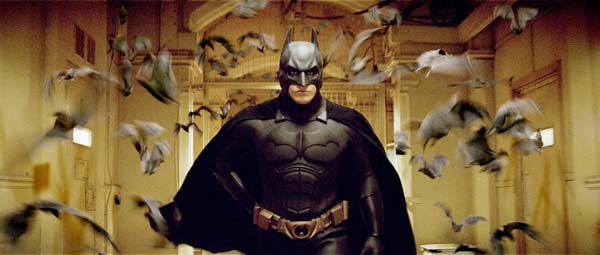When asked “name a bird you see often”, most city-dwellers would name a pigeon or a sparrow. These two birds are the most famous urban birds that are closely associated to humans. The sparrow, being very opportunistic and adaptable, have easily taken over environments around the globe, especially those where European settlements were made. Nowadays, they are regarded as a pest due to their foraging of agricultural crop and the spread of disease. However, citizens still view them in a positive light, especially in parks or gardens where the sparrows appear to be a “symbol of nature” (ironically, they are likely an invading species driving away native birds).
One interesting fact regarding sparrows that most people do not seem to know is how to differentiate a male and female sparrow.
A female sparrow has very soft, brown feathers, with no marked features.
A male sparrow has areas of dark brown or black feathers, especially on the head and eyes. Its beak is also darker than the female.
If one observes carefully at sparrows, they can notice that the two behave slightly differently as well.


